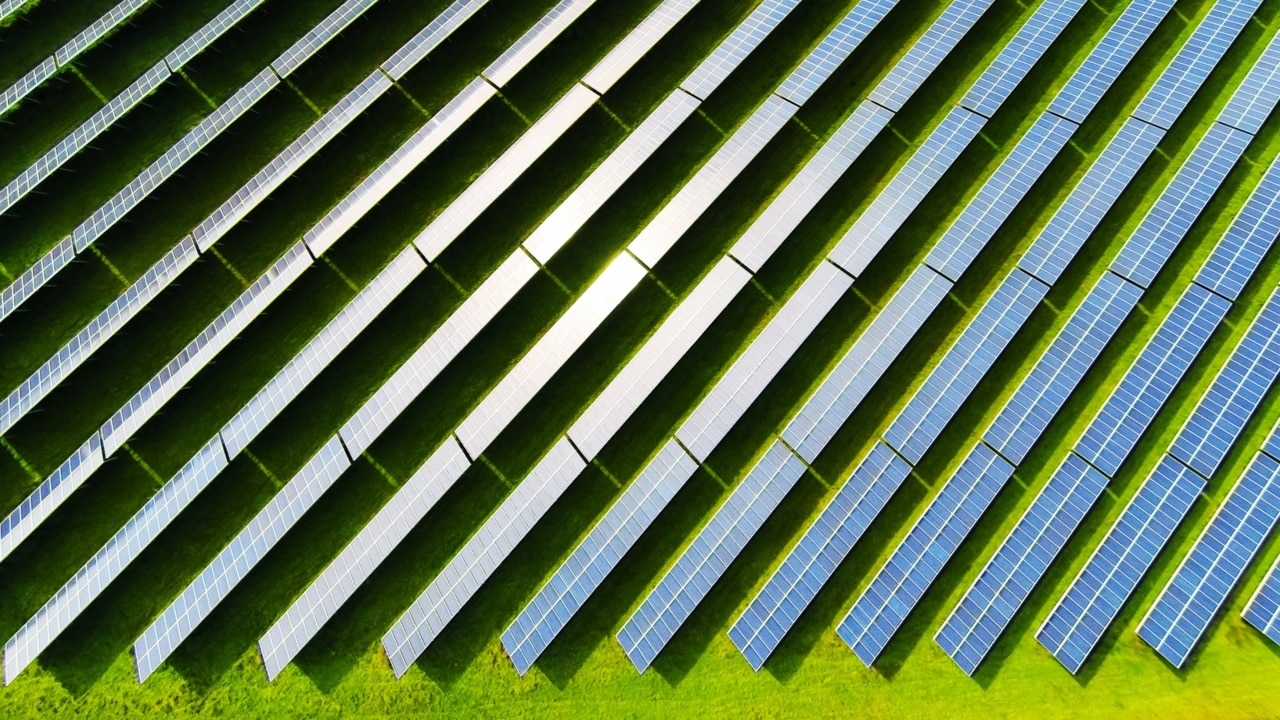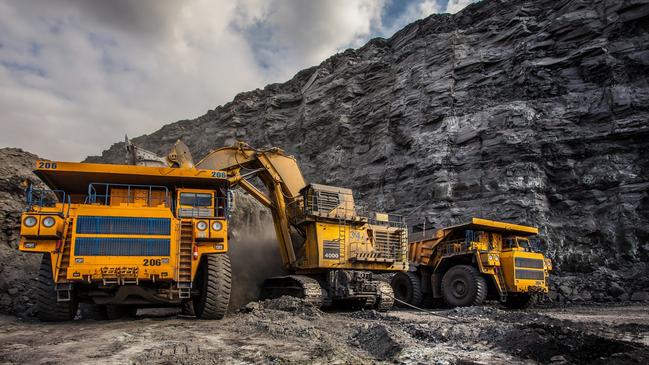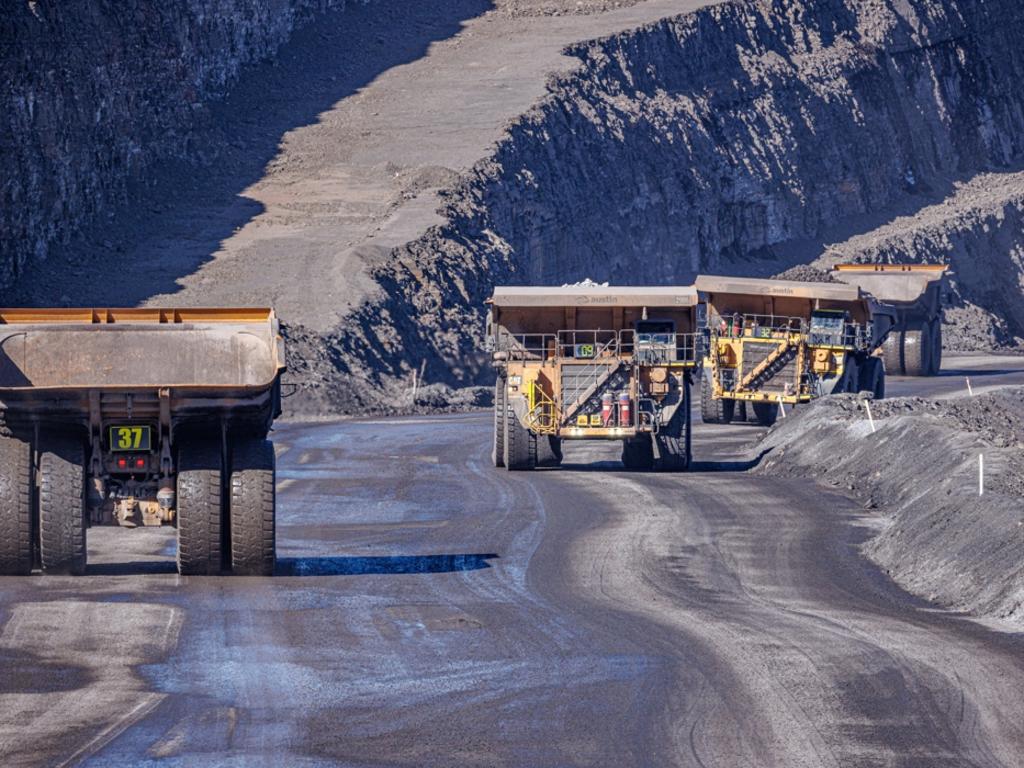Federal government edges closer to deal to ease safeguard mechanism concerns among miners
Key safeguard mechanism concerns are still being ironed out, but Canberra is getting closer to a deal with coal and iron ore miners.

The federal government is edging closer to a deal on “safeguard mechanism” carve-outs to keep major industry players happy, as discussions drag out beyond the updated scheme’s introduction.
Proposed changes to technical details of the mechanism – under negotiation for months – are aimed at reducing some “perverse outcomes” of the scheme, which could penalise coal miners that have already acted to reduce methane emissions, and reduce the impact on the emerging magnetite sector.
The safeguard mechanism aims to reduce emissions from Australia’s biggest companies. One of the signature climate policies of Anthony Albanese’s Labor government, it took effect on July 1.
But although the federal government is moving closer to a deal to clarify issues for some iron ore and coal miners, key details of how the regime will work are still being worked through.
Under the scheme, most of Australia’s 215 biggest carbon emitters will be forced to cut emissions by about 5 per cent a year from July 1. The federal government also struck a deal with the Greens to include a hard limit on net emissions from 2021-22 to 2029-30 of 1.2 billion tonnes of carbon dioxide equivalent.
For both coal and magnetite miners the key question is how their performance will be measured against baselines set in the scheme, aimed at rewarding lower carbon emitters and encouraging carbon reduction investment.
Currently the reduction in the carbon intensity of major mine or industrial site will be measured against a historic baseline at the same site. But over time that will move to an industry average, effectively requiring high-carbon operations to do more than their greener peers.
Industry averages have only about a 10 per cent weighting in 2024, but will ramp up over the rest of the decade.
How those industry averages will apply has been a source of concern from both coal and magnetite miners, which have argued they could be penalised by an unfair comparison to other mines.
For coal the concern is about methane released as mining occurs, and the differences between open cut and underground operations. Open pit mines are believed to release less methane – but those emissions are harder to measure and almost impossible to capture.

The geology of underground mines means more methane tends to be present, but it is more easily measured – and drilling can capture the gas and burn it as a power source.
Major coal miners have argued that using an industry average could lead to perverse outcomes, effectively penalising companies that have already taken steps to moderate methane emissions.
While details are not yet clear, The Australian understands the Department of Climate Change and Energy is likely to this week put forward a fresh proposal to smooth the change-over to industry averages.
A deal with magnetite producers is closer, although The Australian understands that there are lingering concerns among major companies considering spending billions to enter the sector, including Gina Rinehart’s Hancock Prospecting.
Magnetite operations involve digging up dirt with an iron ore content of about 25 to 30 per cent. This is crushed to a fine paste and run through a magnetic separation plant to produce a high-purity concentrate, grading at about 65 per cent iron.
Traditional Pilbara hematite mines produce ore with 55 to 62 per cent iron, and every tonne dug – excluding waste ore – is put on a ship to customers. That means that, to produce the same amount of export tonnes, magnetite operators must move up to three times the amount of dirt as their direct shipping peers. Most emissions generated by the operations are from diesel-powered trucks, for which there are no current commercial alternatives.
The safeguard mechanism changes were harshly criticised by Australia’s biggest magnetite producer, China’s CITIC, in April. The company suggested it would be required to slash its operational carbon emission intensity – not including the power required to run its processing plant – by more than 70 per cent by 2030, twice the target rate intended by the reforms, potentially imposing an impossible burden on the $16bn operation.
The Australian understands a revised proposal was recently put forward by the department to ease most of those concerns, with the new regime to set a baseline at ore delivered to the processing plant, not the final product to the port, in a bid to level the playing field.
One senior industry source praised the government over the proposal last week, saying the department had listened to industry and clearly understood its concerns. That proposal only deals with emissions from the mine itself, not the massive power plants required. Existing magnetite producers – which include CITIC, Fortescue Metals Group, and China-backed Karara Mining in the Mid West of WA – are believed to be comfortable with the safeguard mechanism’s impact on the power requirements for their processing plants.
But The Australian understands lingering concerns remain over that issue and the uncertainty it may cause for would-be magnetite producers.
While processing magnetite ore increases Australian emissions, given its energy intensity, the sector argues the use of the high-grade concentrate produced lowers the overall emissions of the steel industry, given the end product produces heat when used in blast furnaces – reducing the amount of coal needed to produce a tonne of steel.
A recent study released by CITIC, conducted by the Crucible Group, shows the use of magnetite concentrate reduces steel industry emissions by about 10 per cent compared to the traditional Pilbara benchmark product.




To join the conversation, please log in. Don't have an account? Register
Join the conversation, you are commenting as Logout